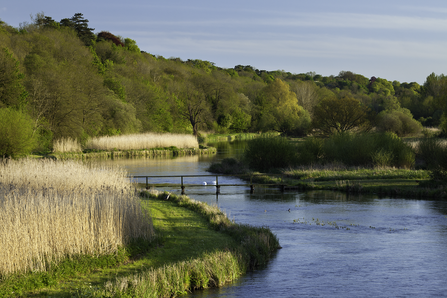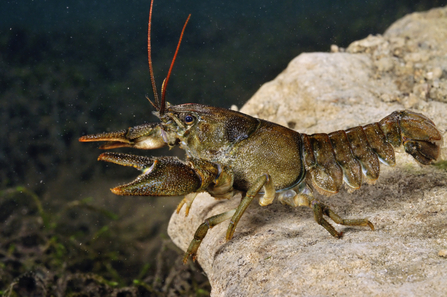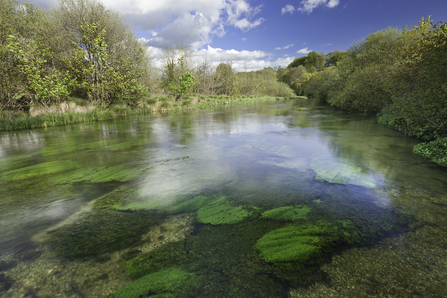No matter where you go in Hampshire, you're never very far from water. Our chalk streams, in particular, are so entwined with the landscape that even miles from their banks you can still be close to them. But to understand how, we need to begin miles underground and millions of years ago.
Long before people roamed the earth, the space that is now Hampshire lay beneath a shallow sea. The warm water teemed with coccolithophores - tiny algae which thrived in the plentiful sunlight. Though each one was microscopically small, together they would build something incredible.
As eons passed, the exoskeletons of these algae settled in their trillions on the sea floor. The weight of millennia pressed them into a layer of chalk that in some places towered to hundreds of metres. Rich in calcium carbonate, this rock's bright white colour echoed its bony ancestry.
In time the sea receded, exposing the chalk to ice, wind, and rain. The elements wore away its soft surface, shaping it into rolling downs and winding valleys. In some places the rock was blanketed with material from retreating glaciers, while elsewhere it lay just below the soil. Through a happy collision of natural forces, wildlife had gained a mighty ally.




